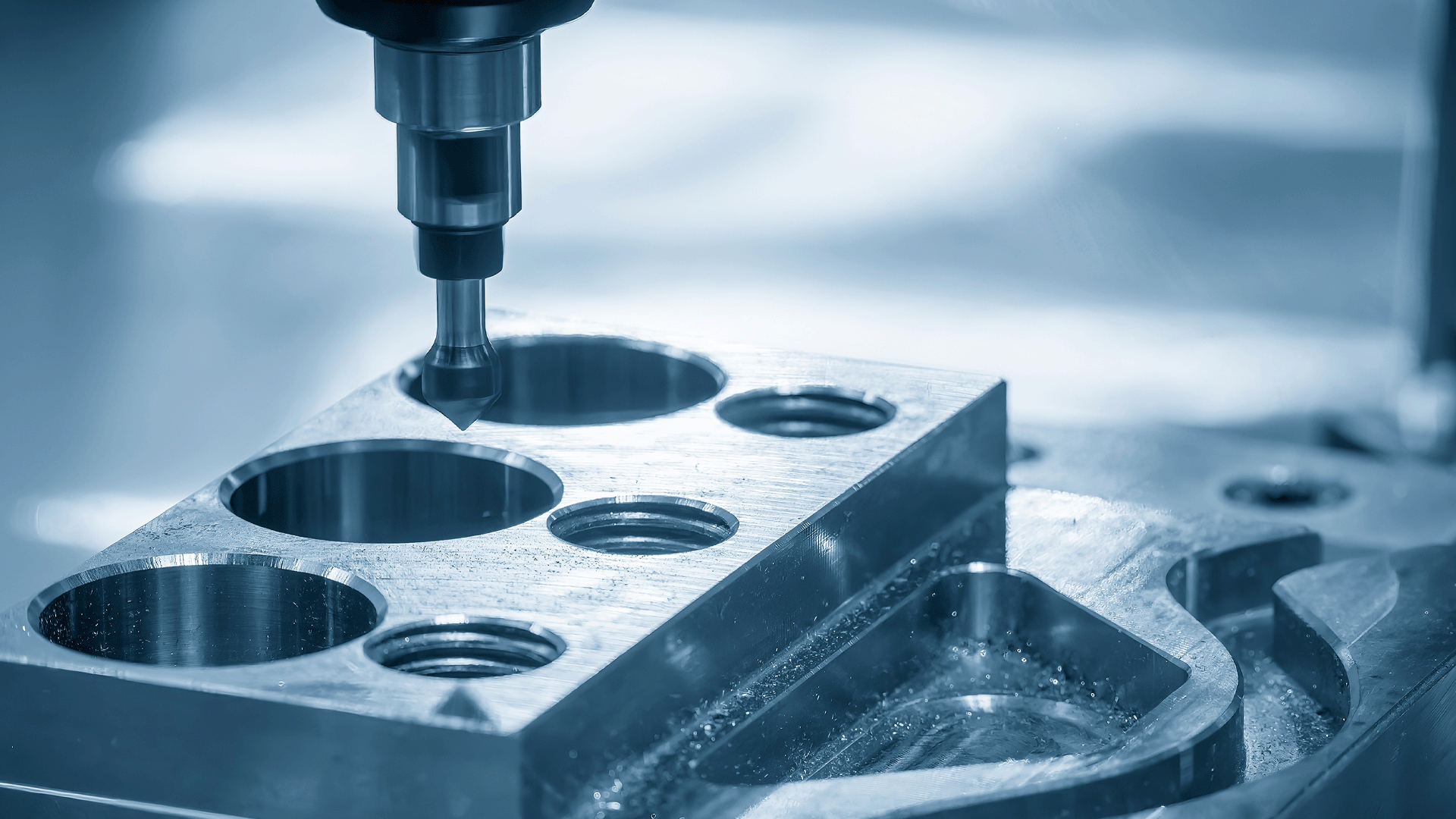When expanding an existing manufacturing layout or building a new plant, one of the key decisions you’ll face is whether to opt for custom-manufactured parts or off-the-shelf components. This choice can significantly impact your project’s timeline, budget, and overall efficiency. Understanding when to choose one over the other is essential for optimizing your operations and achieving long-term success.
1. Understanding Off-the-Shelf Parts: Pros and Cons
Off-the-shelf parts are pre-designed, standardized components that are readily available for purchase. These parts are often mass-produced, making them a quick and cost-effective solution for many manufacturing needs.
Pros:
- Cost-Effective: Off-the-shelf parts are usually less expensive because they are produced in large quantities.
- Quick Availability: Since these parts are readily available, lead times are typically shorter, which can help accelerate project timelines.
- Reliability: These parts have been tested and used in various applications, so their performance is generally predictable and reliable.
- Standardization: Using standardized parts can simplify maintenance, repairs, and future expansions.
Cons:
- Limited Customization: Off-the-shelf parts may not perfectly fit your specific needs, leading to potential compromises in performance or efficiency.
- Compatibility Issues: These parts may not integrate seamlessly with your existing equipment or layout, requiring additional modifications or adjustments.
2. When to Choose Off-the-Shelf Parts
- Tight Deadlines: If your project timeline is tight, off-the-shelf parts can help you move quickly and avoid delays.
- Standard Applications: For processes and equipment that don’t require specialized features or unique specifications, off-the-shelf parts are often the best choice.
- Budget Constraints: If you’re working within a limited budget, these parts can offer a cost-effective solution without sacrificing quality.
- Established Systems: When expanding an existing layout with standardized equipment, using off-the-shelf parts ensures consistency and compatibility.
3. Understanding Custom-Manufactured Parts: Pros and Cons
Custom-manufactured parts are designed and produced to meet specific requirements, tailored to your unique manufacturing needs. These parts offer greater flexibility and precision but come with their own set of challenges. Sanitary Fittings is happy to offer a custom manufacturing.
Pros:
- Tailored Solutions: Custom parts are designed to meet your exact specifications, ensuring optimal performance and efficiency.
- Flexibility: You have the freedom to design parts that fit perfectly with your existing equipment or layout, reducing the need for modifications.
- Innovative Features: Custom manufacturing allows you to incorporate innovative features that can give you a competitive edge.
- Long-Term Value: While the upfront cost may be higher, custom parts can offer long-term savings by improving productivity and reducing downtime.
Cons:
- Higher Costs: Custom parts typically come with higher design and manufacturing costs.
- Longer Lead Times: The design, prototyping, and production process for custom parts can be time-consuming, potentially delaying your project.
- Risk of Design Flaws: Since custom parts are unique, there’s a higher risk of encountering design or manufacturing issues that require additional revisions.
4. When to Choose Custom-Manufactured Parts
- Unique Requirements: If your project involves specialized processes, unique layouts, or innovative technology, custom parts may be necessary to meet your exact needs.
- Integration Needs: When integrating new equipment with existing systems, custom parts can ensure seamless compatibility and optimal performance.
- Long-Term Vision: If you’re looking to future-proof your operations with advanced features or innovative designs, custom manufacturing can be a strategic investment.
- High-Value Production: For high-value or precision-critical applications, custom parts can provide the reliability and accuracy needed to maintain quality standards.
5. Striking the Right Balance
In many cases, the best approach is a combination of both custom-manufactured and off-the-shelf parts. By carefully assessing your project’s needs, you can determine where customization is necessary and where standardization can save time and money.
Key Considerations:
- Project Scope: Evaluate the scale and complexity of your project to identify areas where custom solutions will add value.
- Budget and Timeline: Balance your budget constraints with your project timeline to make informed decisions about where to invest in custom parts.
- Long-Term Goals: Consider your long-term operational goals and how each option will impact your plant’s efficiency, scalability, and maintenance needs.
Conclusion
Choosing between custom-manufactured parts and off-the-shelf components is a critical decision in the manufacturing process. By understanding the strengths and limitations of each option, you can make informed decisions that align with your project’s goals, ensuring the success of your manufacturing expansion or new plant build. Whether you opt for the speed and cost-effectiveness of off-the-shelf parts or the precision and innovation of custom solutions, the key is to strike a balance that supports your operational needs now and in the future.

